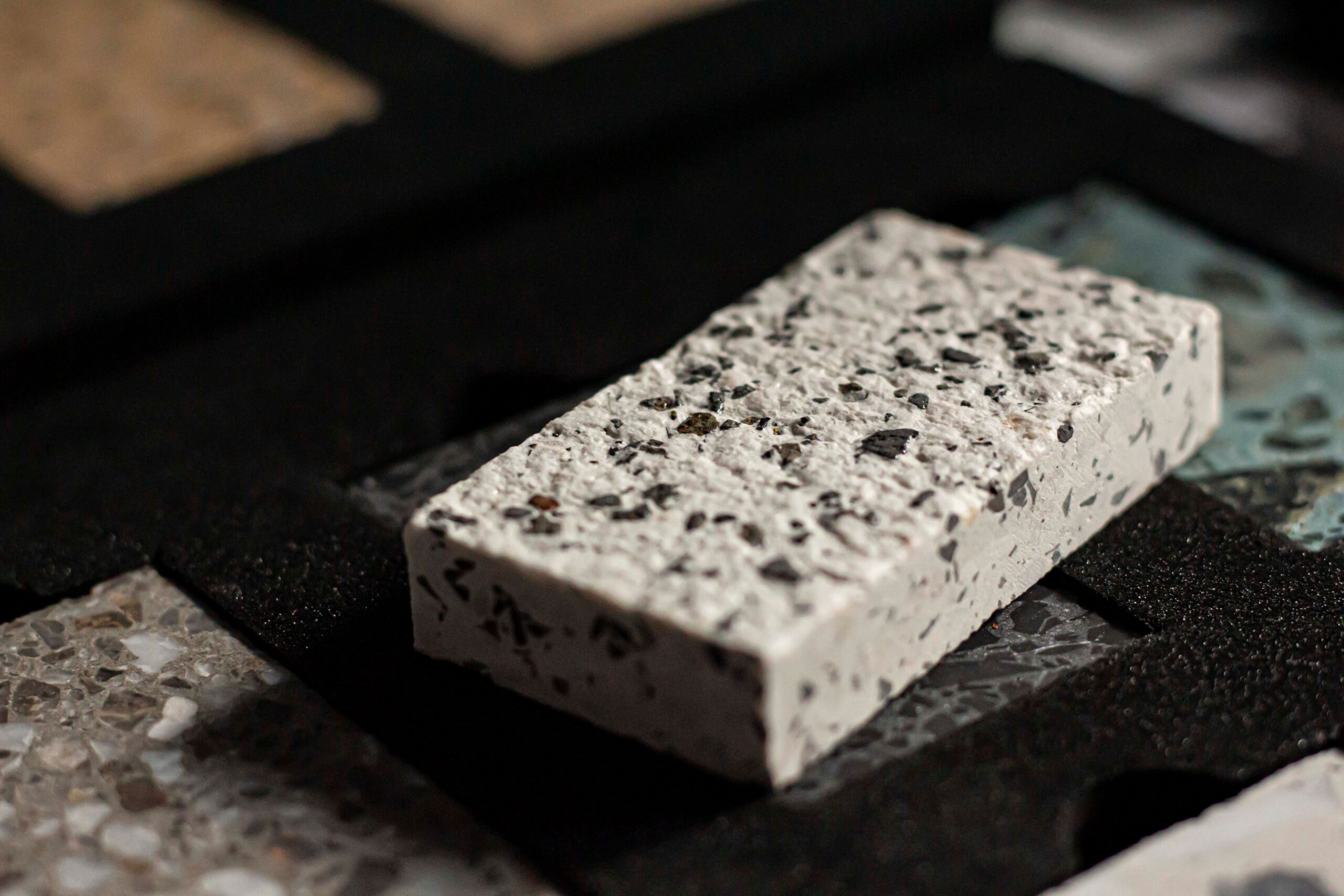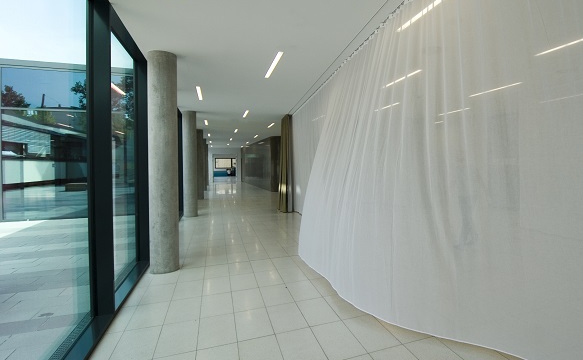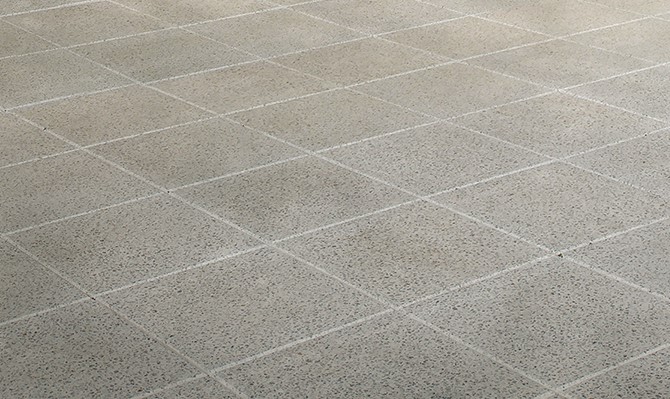Terrazzo (also known as terrazzo or terrazzo), i.e. polished concrete mass with stone aggregate, can be found not only in worn-out staircases, but also in fashionable interiors, squares and gardens at single-family houses. Terrazzo tiles, or sometimes simply imitating terrazzo, decorate walls and floors in all rooms today, from bathrooms, through kitchens, to living rooms. With the fashion for industrial and modern arrangements and the search for new forms of expression in interior design, terrazzo has taken contemporary design by storm in recent years. The Dasag brand has long used this material in the production of functional and aesthetic flooring, paving and terrace slabs.
Terazzo – a return to the past?
Terrazzo was considered by architects to be the design discovery of 2017. In design, just like in fashion and music, we like to go on a sentimental journey into the past once in a while and draw inspiration from changed trends and solutions, discovering them anew. The classic form of terrazzo is a type of concrete substrate formed by a mixture of water, cement, grit and dye. Most often, this material, in the form of gray terrazzo tiles with crumbs of granite, marble and other aggregate, has been and is used for pouring floors, stairs, window sills, as well as tombstones. Although terrazzo may be commonly associated with the communist era, gloomy floors in official corridors and schools or staircases, today, thanks to designers, this material is gaining a completely new face. The modern form of terrazzo decorates not only public buildings, but also the interiors of apartments and houses. The Dasag brand, on the other hand, uses the properties of terrazzo to create surface, paving and paving slabs that form beautiful promenades or decorate pedestrian areas in the centers of large cities. What makes terrazzo slabs have such unique properties that they can be used practically anywhere?

Terrazzo – price, durability, design
Initially, terazzo was treated only as a cheap material with very high durability. The price of terrazzo and the usefulness of this building material meant that it was so widely used in the times of centrally planned economy, when a lot was built and the form of buildings was very much inferior to their functionality. The built facilities were to be durable and built as quickly as possible so that “the plan was completed on time”. Resistance to weather conditions, impact and abrasion are the features that made terrazzo so eagerly used in schools and public buildings, where it was exposed to very heavy use and worked perfectly. Today, manufacturers of modern terrazzo panels are eager to emphasize the properties of the material, which in today’s world of “temporary things” is distinguished by its durability. If we add design, the use of new pigments and colors as well as effects such as labradorization to usability, we get an almost perfect material. Traditionally, terrazzo came in colors – white and gray. These colours were obtained by admixtures of natural pigments and aggregates of darker or lighter rocks. Now that terrazzo is back in fashion, tile manufacturers offer terrazzo in a much wider range of colors.

Terrazzo works great outdoors due to its insensitivity to UV radiation, as well as the lack of liquid absorption (terrazzo is not subject to corrosion). It is therefore hardly surprising that terrazzo slabs, which show high abrasion resistance and resistance to static and dynamic loads, have returned to favor with both commercial and private investors. It is also worth paying attention to the modern production process – already at the production stage, the boards are specially impregnated, thanks to which they are highly resistant to frost, moisture and other difficult weather conditions. In addition, slabs with a sandblasted, brushed and natural structure are characterized by an increased anti-slip coefficient, which allows them to be used in pedestrian passageways and on terraces.

Is terrazzo a faux stone?
Stones such as marble, granite or basalt are most often used for the production of terrazzo. The texture of the final material can be rough, with protruding pieces of stone (allowing for natural anti-slip properties) or polished to a high gloss (in arrangements it often appears as a wall slab, countertop or window sill). Due to the presence of natural aggregates, terrazzo is commonly called artificial stone. Interestingly, terrazzo was already known in antiquity, where it was one of the oldest known substrates preserved to this day. The homeland of the material is considered to be Italy, and more precisely – Venice (hence the Italian term “terrazzo”).
Today, terrazzo is used not only to create impressive floors, external and internal window sills, terraces or stairs. This material is also used to form kitchen countertops or washbasins. Some designers have gone even further by creating terrazzo decorations, vases and pot covers. Does terazzo have disadvantages? Yes, it does not dampen sound well. However, it can be forgiven for this minor dysfunction with such a wide range of advantages.
